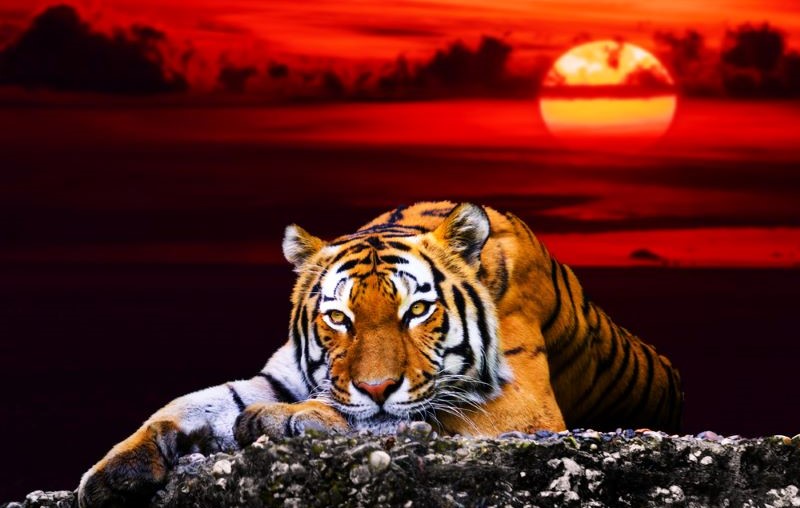Today, May 20, the World Endangered Species Day 2024an event that takes place every third Monday in May and was created to inform, warn and make the world population aware of the threats that loom for an important part of the living beings on our planet.
In the World Endangered Species Day 2024 It is essential to know what we are talking about when we use this expression. In biology and ecology we speak of an ‘endangered species’, applied to any species that is at risk of extinction in the short or medium term.
According to the IUCN World Congress, three-quarters of endangered species are threatened by anthropogenic activities, led by agriculture, land conversion and over-exploitation of resources.
Definition and criteria
Today is the day 2024 World Endangered Species Championship and the concepts related to this plague should be very clear. A species is declared endangered if it meets at least one of a series of precise criteria defined by the IUCN:
- Reduction of the number of individuals by at least 70% in 10 years or 3 generations, if the causes of this reduction are known, reversible and have disappeared, or by at least 50% if the causes are uncertain, non-reversible or still present.
- Occupancy area of less than 500 km², with a declining, highly fluctuating or fragmented population.
- Population less than 2,500 mature individuals and continuously decreasing.
- Population of less than 250 mature individuals.
- Risk of extinction of the species of at least 20% in the next 20 years or 5 generations.
World Endangered Species Day 2024: what are these criteria for?
These criteria, established and validated by the International Union for the Conservation of Nature (IUCN), make it possible to specify the risk of extinction of the species (current, short and medium term) and grant it a conservation and sometimes protection status to know. .
There are 3 defined threat criteria, which are included in the IUCN Red List. The types are classified into some of the following items.

The Least Concern classification is carried out for the sole purpose of obtaining broader comparison parameters that will allow scientists and specialists to know the global panorama of the status of the species. And that of NT implies that there is not enough data to classify the species (which does not mean that it cannot live in good health or is critically endangered)
Why do we need to conserve species?
In short, because the planet is an intricate and complex ecosystem made up of millions of sub-ecosystems. And every creature is vital to maintaining the equilibrium of which it was a part, so that its disappearance or reduction in its numbers can be fatal.
People are conquering new lands without stopping, deforesting and devoting the new lands to activities of interest, such as agriculture or ranching. This causes conflict due to proximity and increases the risk of transmission of zoonoses from animals to humans and vice versa. In addition, millions of animals and plants leave their natural habitat behind. Something to take into account on a reflection date such as World Endangered Species Day 2024.
Which species are in danger?
In the World Endangered Species Day 2024 We must remember that many iconic and charismatic species are in danger of extinction. For example, among critically endangered species there are three species of rhino: the black rhino (They are called two-horned) in Africa and the Sumatran rhinos (Dicerorhinus Sumatran) and Java(Rhinoceros sondaicus) in Asia, as well as the African forest elephant (Loxodonta cyclotis).
In the Endangered category we have the tiger (Panthera tigris) and the mountain gorilla (Gorilla bering egg). Emblematic species classified as Vulnerable include the giant panda (Ailuropoda melanoleuca), the giraffe (Giraffe camelopardalis) and the snow leopard (Panthera uncia).

